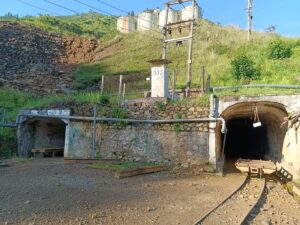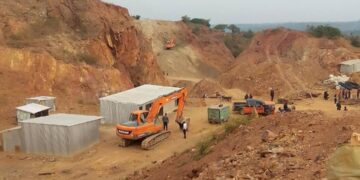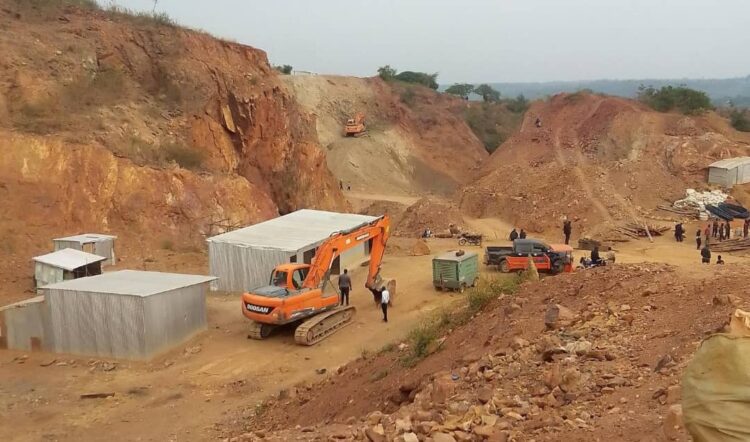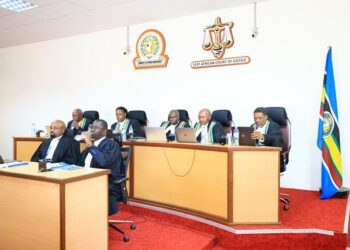Op-Ed:
Editor, in May this year, the government officially handed over the assets of Kilembe Mines Limited to Sarrai Group, which had earlier been announced as the winner of a long- drawn out bid to assume control of the copper and cobalt mines in Kasese. Also last month in June 2025, the Ugandan President, Yoweri Kaguta Museveni, launched the Uganda National Mining Company (UNMC) and the key mining laws such as the Mining and Minerals Act were amended as to ready the country for mining of critical raw and other minerals.
The UNMC company was launched at a time when there is immense global interest in critical minerals, which are deemed essential for the clean energy transition as well as militarization and digitalization efforts. These minerals range from lithium, nickel to cobalt. Others include copper, graphite, rare earth, manganese, aluminum, chromium and others.
The minerals present in Uganda are of high or moderate importance to the production of clean energy technologies such as solar panels, wind turbines, electric vehicles and battery storage, electricity transmission lines and other technologies needed to wean the world off fossil fuels such as coal, oil and gas to address climate change concerns.

Critical raw materials are considered so essential that geopolitical tensions between China and the West have been further stocked because China has vast access to and is home to some of them. Uganda is also home to key minerals.
According to the “Status of Domestication of the Africa Mining Vision in Uganda” report, the country is endowed with over 50 different minerals and ranks among African countries with the most significant number of minerals.
While these critical minerals have been deemed necessary to drive the clean energy transition and address the climate crisis, it is noted that the production of critical and other minerals are faced with challenges such as human rights violation, environmental degradation and biodiversity conservation challenges among others. The extraction of minerals causes adverse effects on the environment and open up biodiverse protected areas that are key to addressing the climate crisis to mining.
Note that there have also been many documented instances of environmental pollution caused by mining operations, which are often caused by clearance of vegetation for mines, use of chemicals in mining, poor waste management and others. For instance, lithium mining in Ghana has destroyed habitats, deprived communities and wildlife of fresh water, poisoned ecosystems and threatened species. Also Uganda’s copper mining (1956-1982) activities left a legacy of environmental damage, water pollution, soil contamination and others in Kasese district.
Therefore, as Uganda engages in efforts to strengthen mining for critical minerals in the country, it is imperative that the Ugandan government considers addressing challenges affecting the mining sector while encouraging participation in the critical minerals trade.
This can be done through enforcing strong environmental laws to protect people and nature. Government should ensure that Strategic Environment Assessments (SEAs) as well as Environmental and Social Impact Assessments (ESIAs) are undertaken for all mining projects to identify potential environmental impacts and develop environment as well as Social Management Plans to mitigate them.

Government should also build alliances with other African countries that are involved in mining for critical minerals to set up value addition centres and strengthen bargaining power to capture some of the world market. Without building alliances to pool capital and build collective bargaining power, African nations such as Uganda are unlike to retain adequate value from participation in the critical minerals trade.
By Olive Atuhaire,
The Writer is a Climate Activist
Email: atuhaireolivia72.ao@gmail.com







































